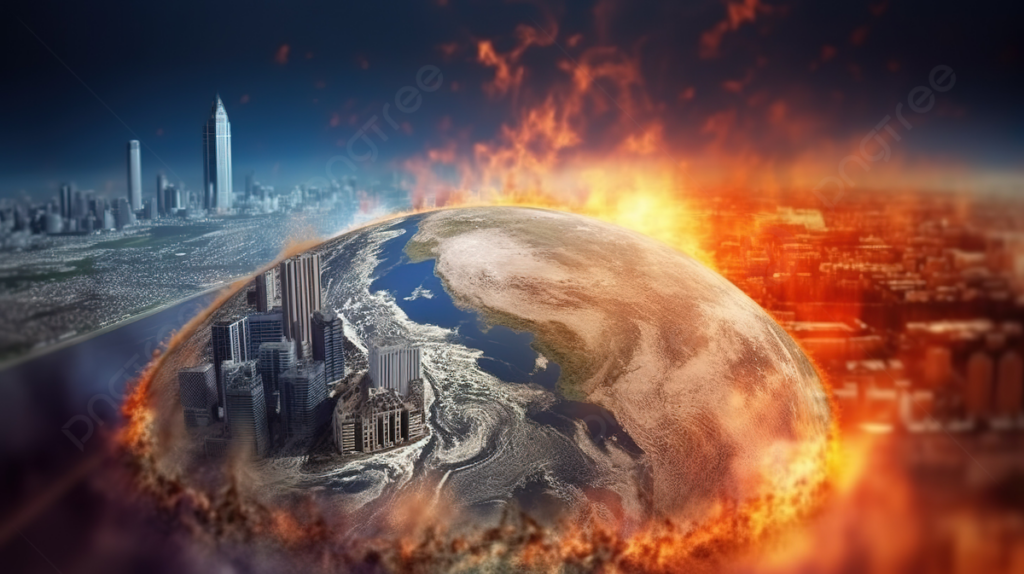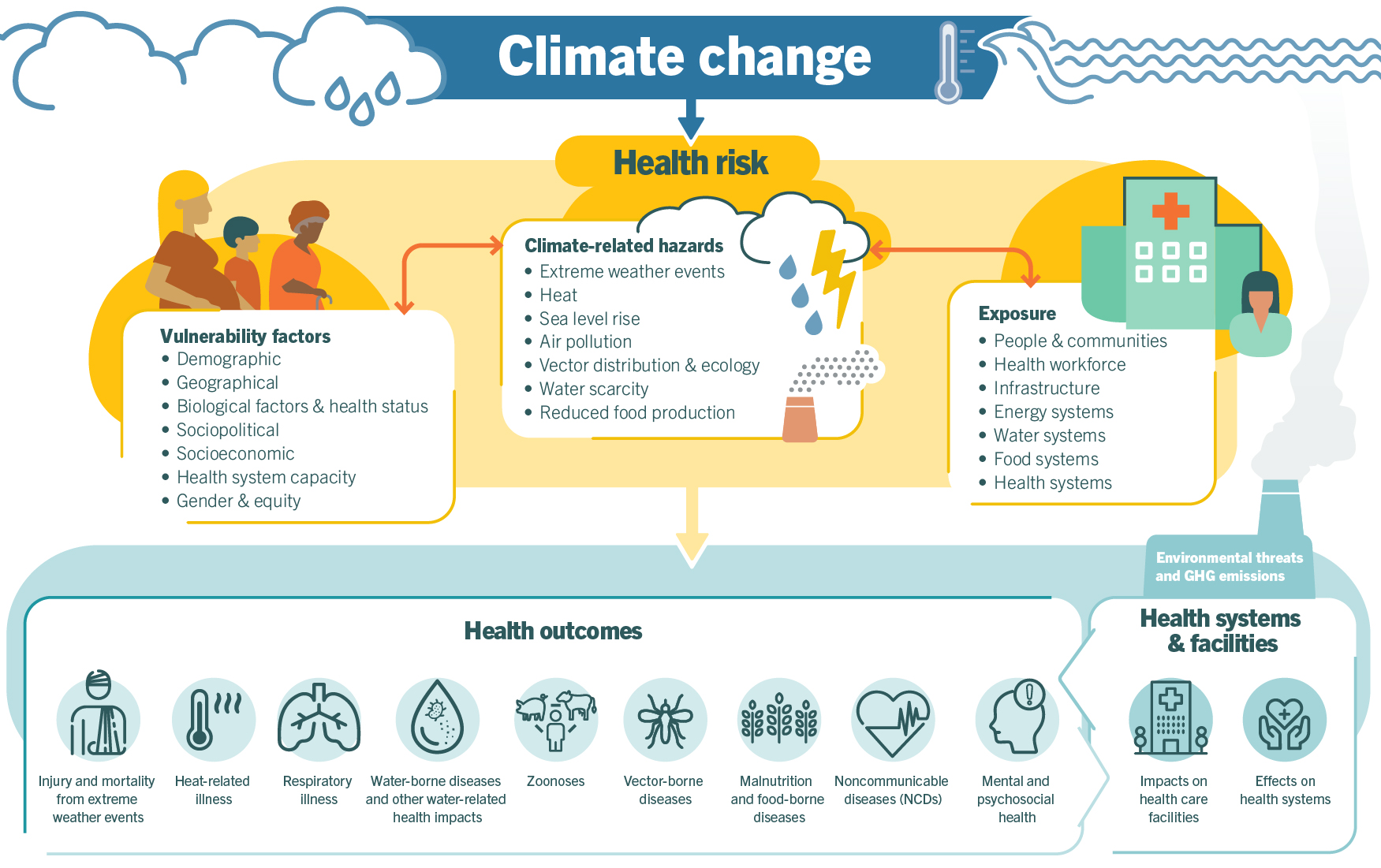Global Actions and Reactions
One of the most important global issues of our day is climate change, which has an impact on communities, businesses, and ecosystems all around the world. As the Earth continues to warm due to human activity like burning fossil fuels, deforestation, and industrial processes, governments and international organizations are putting different policies into place to lessen the effects of the warming and help people adapt to them. However, because these policies entail intricate political, economic, and social trade-offs, there are differing opinions about them. This article examines major international initiatives, the status of climate change policy at the moment, and the range of responses they elicit.

The Urgency of Climate Change Action
From melting polar ice and rising global temperatures to more frequent and severe natural catastrophes like hurricanes, floods, and wildfires, the effects of climate change are already evident. The Intergovernmental Panel on Climate Change (IPCC) estimates that unless significant action is taken, the global temperature will rise by more than 1.5°C during the next few decades. It has already risen by about 1.1°C since the pre-industrial era.
Extreme weather events, increasing sea levels, and interruptions to the supply of food and water are all being caused by this temperature rise. People who are already vulnerable are frequently the ones who suffer the most from these changes, especially in developing nations. Because of this, the international community has realized that, in order to avoid disastrous effects on ecosystems and human societies, global warming must be strictly limited to 1.5°C over pre-industrial levels.
Global Climate Agreements
The 2015 approval of the legally binding Paris Agreement, which seeks to keep global warming to well below 2°C with efforts to keep it to 1.5°C, was one of the most important turning points in the history of climate policy. With the signing of the accord, close to 200 nations committed to enhancing resilience to climate impacts and reducing greenhouse gas emissions through nationally determined contributions (NDCs).
Among the Paris Agreement’s principal components are:
Countries must submit Nationally Determined Contributions (NDCs) detailing their strategies for reducing emissions. Every five years, these pledges are revised to reflect growing aspirations.
Climate Finance: Affluent nations have committed to giving developing nations financial support so they can adjust to climate change and make the switch to low-carbon economies.
Accountability and Transparency: A framework for reporting on progress and holding nations responsible for their pledges is established by the agreement.
Modification: While acknowledging that certain effects of climate change are unavoidable, the accord calls on countries to step up their adaptation efforts, especially in areas that are vulnerable.
Even while the Paris Agreement represented a historic advancement in international climate cooperation, there have been several difficulties in putting it into practice. The NDCs of the participating countries are currently insufficient to fulfill the 1.5°C target, and questions have been raised regarding the agreement’s efficacy due to the absence of legally binding enforcement mechanisms.
National and Regional Climate Policies
In addition to global accords, nations and areas have enacted a variety of climate policies that are suited to their particular circumstances. The objectives of these policies are to lower emissions, support renewable energy sources, increase energy efficiency, and safeguard natural ecosystems.
1. The Green Deal of the European Union
With its European Green Deal, a comprehensive plan to make Europe the first climate-neutral continent by 2050, the European Union (EU) has become a global leader in climate policy. The Green Deal has set lofty goals to attain net-zero emissions by 2050 and a minimum of 55% reduction in greenhouse gas emissions from 1990 levels by 2030.
Important elements of the Green Deal consist of:
Carbon Pricing: One of the biggest carbon markets in the world, the EU Emissions Trading System (ETS) requires businesses to purchase permits for the greenhouse gases they generate.
Renewable Energy: A swift transition to renewable energy sources like hydropower, solar power, and wind is encouraged by the Green Deal.
The European Union seeks to shift towards a circular economy, which minimizes waste and its impact on the environment by reusing, recycling, and conserving resources.
Biodiversity Protection: The agreement calls for actions to boost biodiversity, rebuild ecosystems, and stop further deterioration of natural areas.
Although the European Green Deal has received a lot of plaudits for its ambition, there has also been discussion over its financial implications, particularly for businesses that depend on fossil fuels. For instance, a number of nations in Eastern Europe have voiced worries on the cost of making the switch to renewable energy.
2. The Climate Policy of the United States
One of the biggest greenhouse gas polluters in the world, the United States, has adopted a convoluted and frequently uneven approach to climate policy. The United States re-joined the Paris Agreement in 2021 and launched a number of climate programs under the Biden administration with the goal of lowering emissions and quickening the switch to clean energy.
The Inflation Reduction Act (IRA), enacted in 2022, is a prominent policy. The IRA provides tax breaks worth billions of dollars for energy-efficient technologies, electric cars, and renewable energy sources. It also encourages the construction of renewable energy infrastructure, such as solar and wind farms.
The United States has also set lofty goals to attain net-zero emissions by 2050 and to cut emissions by 50–52% from 2005 levels by 2030. Though certain political parties, especially those connected to the fossil fuel sector, oppose these laws, they are nevertheless viewed as a significant advancement in the U.S. climate agenda.
3. The Climate Strategy of China
China is the biggest emitter of greenhouse gases in the world, thus its role in halting climate change is crucial. China has increased its efforts to combat climate change in recent years, pledging to reach carbon neutrality by 2060 and peak carbon emissions by 2030. The nation has made significant investments in renewable energy, especially solar and wind power, and has emerged as a global leader in the manufacture of electric vehicles.
China’s reliance on coal, however, still presents a big obstacle. Even while the government is progressively cutting back on its use of coal, new coal plants are continually being constructed, and coal is still a vital energy source. This has given rise to criticism that China’s ongoing reliance of coal may jeopardize its climate ambitions.
Climate Finance and Adaptation
Apart from mitigating measures, climate financing has emerged as a critical facet of worldwide climate policy, especially for poor nations that bear the brunt of climate change’s effects despite having made the least contribution to global emissions.
Richer countries have committed to giving developing countries $100 billion a year to help them cut emissions and prepare for the effects of climate change. Projects like resilient agriculture, coastal preservation, and renewable energy infrastructure require this investment. Many developing countries counter that some promises remain unfulfilled and that the cash is insufficient.
Additionally, as the effects of climate change worsen, initiatives to adapt are receiving more and more attention. Mitigating the human and financial consequences of climate change requires policies that prioritize strengthening communities’ ability to withstand extreme weather, enhancing water management, and safeguarding vulnerable populations.
Reactions to Climate Policies
The public, businesses, and governments have all responded differently to the introduction of climate policies. These responses frequently highlight how difficult it is to strike a balance between social and commercial interests and environmental sustainability.
1. Differences in Politics
Politicians frequently become divided over climate measures, especially in nations where the fossil fuel industry is very important to the economy. Climate action, for instance, is a highly divisive issue in the United States, where Republicans frequently oppose it due to concerns about its effects on the economy and government overreach, while Democrats typically support more environmental restrictions.
There is wider political agreement in some areas, including the European Union, regarding the necessity of taking action against climate change, notwithstanding differences in the scope and speed of implementation.
2. Industry Reluctance
Some industries have resisted climate regulations that risk their profitability, especially those that depend on fossil fuels. Companies that produce oil, coal, and gas, as well as industries like heavy industry and aviation, have fought against carbon pricing and harsher restrictions, claiming that these actions could result in job losses and economic downturns.
Simultaneously, some companies have welcomed climate policies as a chance for expansion and innovation, especially in the fields of electric vehicles and renewable energy.
3. Views of the Public
The general public’s view on climate change varies greatly based on a number of variables, including personal experience with the effects of the environment, political affiliation, and geographic region. Stronger climate action is becoming more and more popular in many nations, especially among younger generations who consider climate change to be of the utmost importance. Demands for immediate climate action have increased thanks to movements like Fridays for Future, which are spearheaded by youthful activists like Greta Thunberg.
Some sections of the populace, nonetheless, continue to reject policies that would raise energy prices or cause them to alter their way of life or to be doubtful of the existence of climate change. Building public support for climate policy while guaranteeing a fair and equitable transition to a low-carbon economy is a difficulty faced by governments.
Conclusion
The global response to climate change is a complicated and diverse issue that calls for collaboration at all levels, from national and local initiatives to international agreements like the Paris Accord. Even while there has been a lot of progress in lowering emissions and supporting renewable energy, there is still more work to be done in order to reach the challenging goals required to prevent the worst effects of climate change.
The way forward will involve striking a balance between environmental sustainability, economic growth, and social equality as governments, businesses, and individuals wrestle with the political, economic, and social ramifications of climate policies. Since the climate situation is urgent, decisive action must be taken quickly. However, the ability of world leaders to handle the various interests and reactions that will influence climate policy in the future will determine whether or not this action is successful.










Leave a Reply